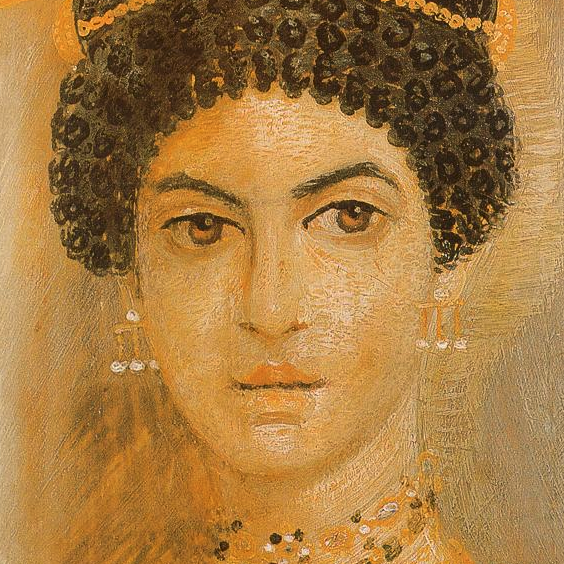The largest man-made enclosed space in the world is the Pentagon. The United States is a big country, with a big opinion of itself and which asserts that it has an important mission. Their defence headquarters is not just somewhere to keep their photocopy paper. It is a building that is meant to impress.
The largest enclosed space in the sixth century was built by the Byzantine Emperor Justinian. It was the church of Hagia Sophia. And it was to hold its place as the most impressive piece of architecture on the planet in terms of scale for the next thousand years.
Rome itself has already declined and fallen. But in the East the continuation of the Roman Empire under Justinian is looking distinctly undeclining, and indeed is capable of feats of engineering and planning that would not be equalled until the Renaissance.
Once the crisis caused by the threat of Attila the Hun had receded the empire first recovered economically, then militarily and then politically. By the time Justinian came to the throne there were resources available for substantial projects. And projects don’t come much more substantial than the construction of Hagia Sophia.
Hagia Sophia was intended to be and for a long time actually was the centre of a single unified church. The name is an indication of this ambition. Most churches and cathedrals have a saint’s name. Hagia Sophia is above anything that partisan. It’s name means The Church of the Holy Wisdom. This was not just one more place for worship. This was the focal point for all worship.
Justinian lavished resources and manpower on his building project. Two teams competed with each other to complete it more quickly. In fact it was finished in an extraordinary 6 years. By comparison Notre Dame in Paris took nearly a century.
The bulk of the building is built of brick, but marble columns were stripped from the one time wonder of the world but now abandoned temple of Diana at Ephesus. Stone was quarried from Porphyry in Egypt. Green marble was brought in from Thessaly.
These were used to create a structure 185 feet high. It dominated a city that was probably the biggest in the world and which took something remarkable to dominate it.
It wasn’t just big. It was also innovative. The dome was the first one on such a stupendous scale relying on the load bearing properties of arches to a degree that no previous building had ever done before and which not many have done since.
When it was finished Justinian was so impressed he commented ” Solomon, I have excelled you.”
But impressive as the physical structure was – and indeed 1400 years later still is – it was also part of an even bigger structure of Roman power. Then as now power came in two forms – hard and soft. The empire had plenty of hard power in the form of barracks full of soldiers, stables full of horses and strong defensive positions including the impregnable walls of Constantinople itself. But it also used extensive soft power.
The Romans had industry and the goods it could produce, so it could win friends with its generosity, or bribe them if that was more expedient. It had skilled diplomats who could forge alliances and stir up trouble for its enemies.
But above all it had God. There were many kings but there was only one emperor. He took the job title to end all job titles. He was the Equal of the Apostles and God’s Vicegerent on Earth. The unique authority of being the representative of the Almighty gave the Roman Emperor a power over and above that available to mere monarchs.
And it worked. After the construction of Hagia Sophia the empire lasted another 900 years. It had its ups and downs but was always able to rely on divine support. At one stage it even contrived to get the virgin Mary to protect the walls around Constantinople with a veil to protect it from the Turkish army that was besieging it.
Hagia Sophia was to be a key player in the rest of Byzantine history. It would be the backdrop for triumphs and disasters, the stage in which dramas played out. If he had done nothing else, the construction of this remarkable edifice would have been enough to secure Justinian a place in history.

